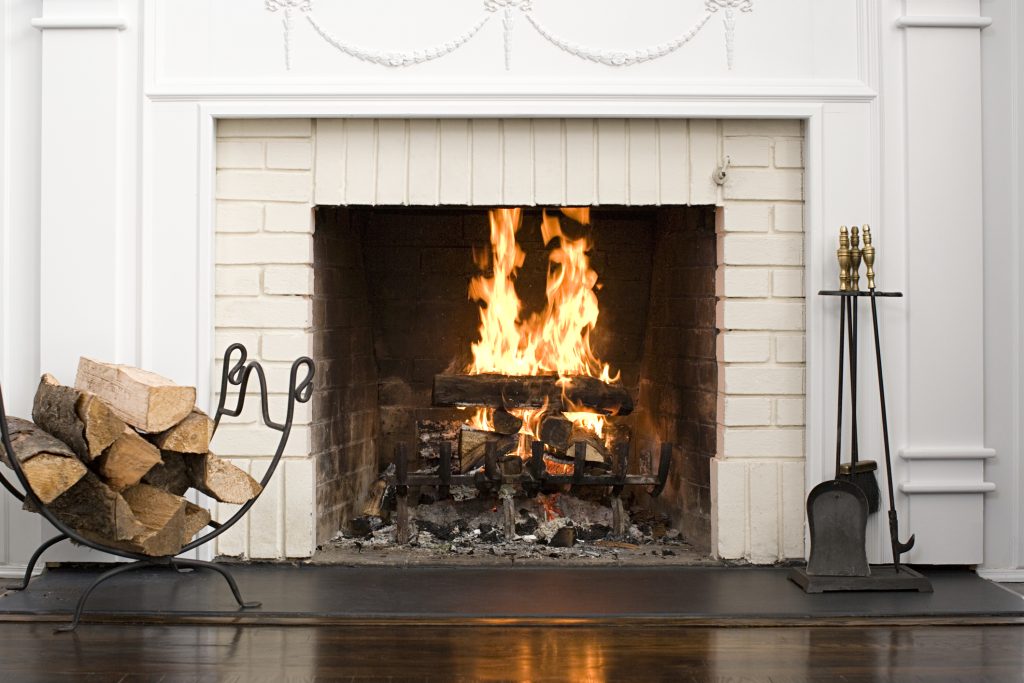
Even if you love the crackle and warmth of a natural-burning wood fire in the hearth, you probably could live without the added cost to your energy bill.
Sure, the flickering flames make you feel warm while you’re sitting nearby, but wood-burning fires actually have negative efficiency. They emit little or no warmth to a room. And fireplaces are drafty, so they send warm air up the chimney.
Wood-burning fires also can create particles that pollute the air indoors and outdoors and could poison the house with carbon monoxide.
That doesn’t mean you have to close your fireplace up forever. Instead, try improving the efficiency and safety of your beloved hearth:
- Close the fireplace damper when you’re not burning wood. This will cut down on the loss of warm room air through the chimney.
- Cover the front of the fireplace with tempered glass doors or fireplace covers, which seal the fireplace opening and prevent room air from escaping through it.
- Install a heat exchanger, which will circulate the fire’s warmth throughout the room.
- Hire a professional to sweep your chimney and clean and maintain the fireplace.
- Use artificial manufactured logs, which reduce pollutant emissions by almost 80%.
- Replace wood with electric “logs” that you can insert into the fireplace or plug in an electric fireplace instead of burning wood.



